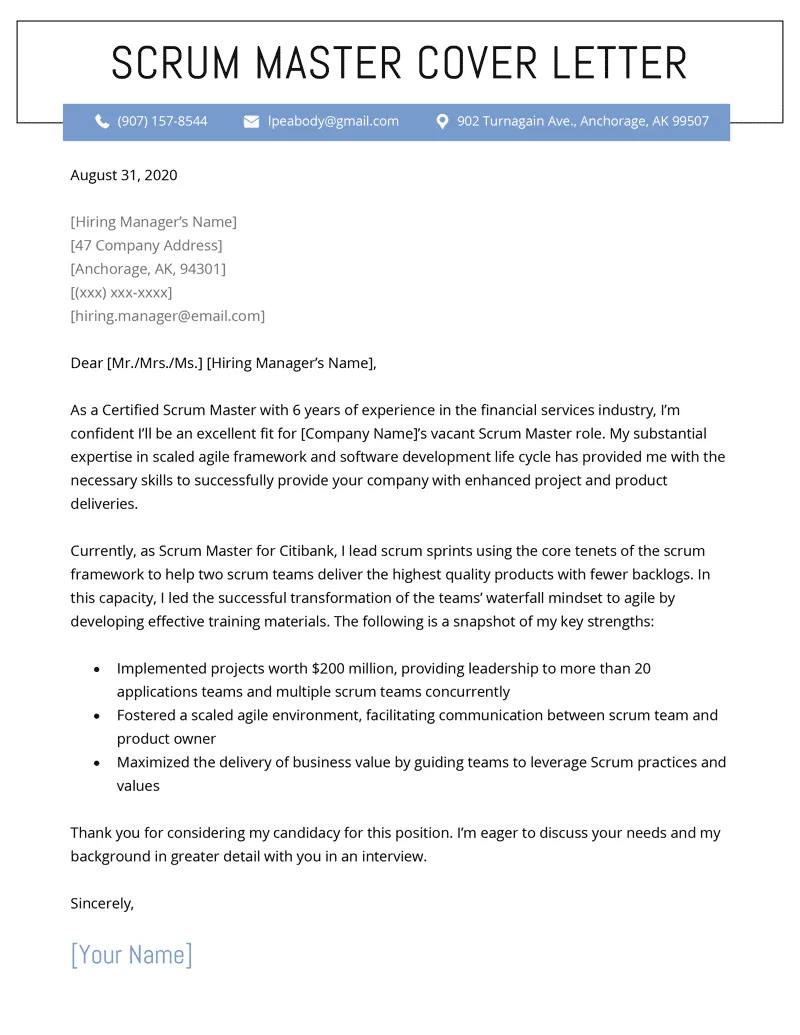Key Elements of a Scrum Master Cover Letter
A compelling Scrum Master cover letter is your first opportunity to impress a potential employer. It’s more than just a formality; it’s a chance to showcase your skills, experience, and enthusiasm for the role. To get hired, your cover letter needs to be well-structured, targeted, and tailored to the specific job. This includes highlighting key skills, showcasing relevant experience, and avoiding common pitfalls that can immediately disqualify your application. By focusing on these core elements, you’ll significantly increase your chances of landing an interview and ultimately securing the job you desire. Remember, this letter is your chance to make a great first impression and set yourself apart from the competition.
Highlighting Scrum Master Skills
Your cover letter is the perfect place to showcase the skills that make you a successful Scrum Master. Employers seek individuals who can guide teams through the complexities of Agile methodologies. This section is where you highlight your expertise and demonstrate your ability to facilitate team performance and ensure projects are delivered on time and within scope. Think about the core competencies that Scrum Masters must possess, and then demonstrate how you’ve utilized these in previous roles. Remember to provide examples of how you’ve applied these skills in real-world scenarios, as this adds credibility to your claims and shows how you can bring value to their organization.
Communication and Collaboration

Excellent communication and collaboration skills are critical for a Scrum Master. You must be able to effectively communicate with team members, stakeholders, and other individuals. This includes active listening, clear written and verbal communication, and the ability to facilitate productive discussions. In your cover letter, provide examples of situations where you successfully resolved conflicts, fostered teamwork, and ensured everyone was on the same page. Mention how you’ve used various communication tools and strategies to enhance team collaboration and build a positive and supportive work environment. Highlighting these skills will showcase your ability to foster a cohesive and efficient team.
Agile Methodology Knowledge
A deep understanding of Agile methodologies is a cornerstone of a Scrum Master’s expertise. Your cover letter should clearly demonstrate your familiarity with Scrum, Kanban, and other Agile frameworks. Briefly describe your experience with sprint planning, daily stand-ups, sprint reviews, and retrospectives. Provide examples of how you’ve adapted Agile practices to meet the specific needs of a team or project. Mention any certifications, such as Certified Scrum Master (CSM) or Professional Scrum Master (PSM), to further validate your expertise. Employers want to see that you can effectively implement and coach teams in Agile principles to enhance project success and team efficiency.
Leadership and Facilitation
Scrum Masters act as servant leaders, guiding and empowering their teams. Highlight your leadership and facilitation skills by describing your ability to remove impediments, facilitate meetings, and coach team members. Provide examples of how you have motivated teams, fostered self-organization, and enabled them to achieve their goals. Mention how you handle conflict resolution, promote continuous improvement, and create a positive team dynamic. Showing your ability to guide and support a team will demonstrate your value as a Scrum Master.
Showcasing Relevant Experience
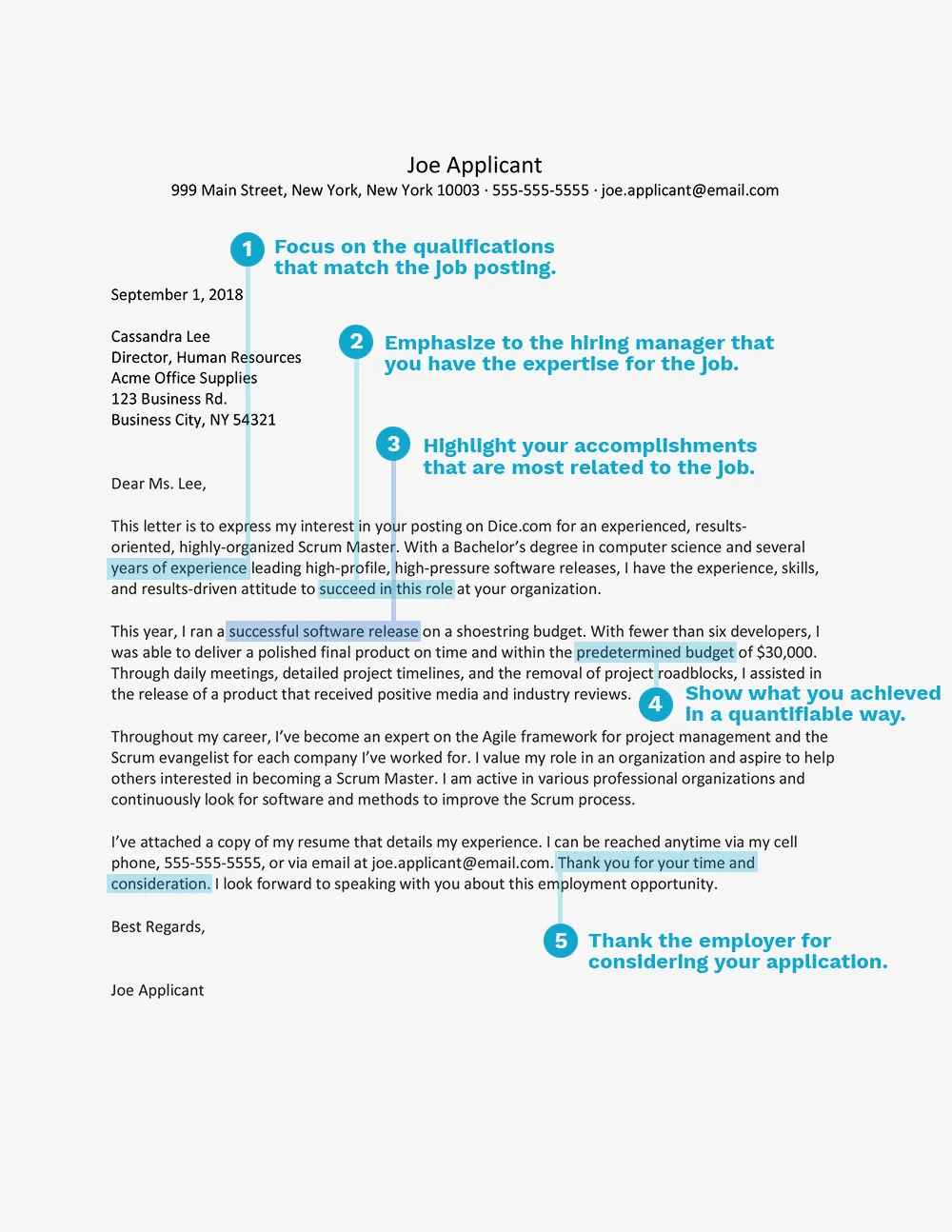
Your cover letter should provide concise details of your past projects. The key to this lies in showing how you have implemented Scrum and what results you achieved. Employers are looking for evidence of your ability to guide teams through Agile projects. This part of your cover letter is where you can clearly demonstrate your suitability for the role. Emphasize your accomplishments rather than just listing your responsibilities. Quantify your achievements to illustrate your impact and use action verbs to convey your experience.
Quantifying Achievements
When describing your experience, focus on quantifying your achievements. Numbers speak volumes and give employers a clear understanding of your impact. Instead of saying you ‘improved team efficiency,’ state that you ‘increased team velocity by 20% through the implementation of new Scrum practices.’ If you facilitated a successful project, mention the percentage of on-time delivery or the reduction in project costs. Using quantifiable data helps demonstrate the tangible value you bring to a team and organization. Adding metrics to your achievements proves to potential employers that you know how to deliver tangible results.
Tailoring to the Job Description
Always tailor your cover letter to the specific job description. Carefully read the job posting and identify the key requirements and skills that the employer is looking for. Then, use your cover letter to explicitly demonstrate how your skills and experience align with those requirements. Customize your examples to match the job description. For instance, if the job emphasizes experience with a particular industry or tool, highlight your relevant experience with those areas. Doing this makes your cover letter more relevant and shows you’ve put in the effort to understand the role and organization.
Formatting and Structure
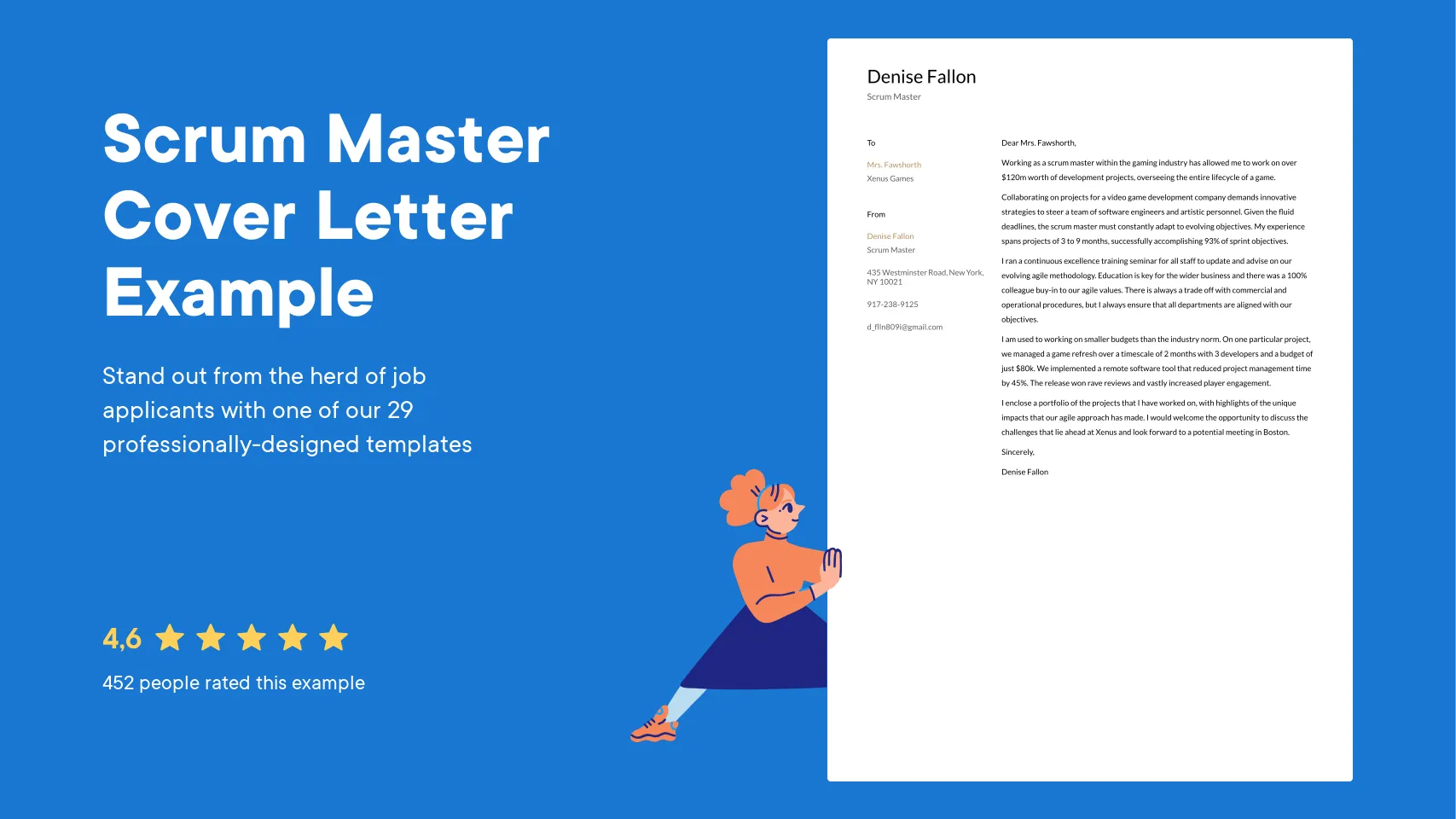
A well-formatted cover letter demonstrates your professionalism and attention to detail. The structure should be clear, concise, and easy to read. Start with a professional header that includes your contact information, the date, and the recipient’s information. Next, introduce yourself and state the position you’re applying for. Use concise paragraphs to highlight your key skills, experiences, and achievements. Conclude with a strong call to action, expressing your enthusiasm for the role and your availability for an interview.
Professional Formatting Guidelines
Follow professional formatting guidelines to make your cover letter visually appealing and easy to read. Use a readable font like Arial, Calibri, or Times New Roman, with a font size between 10 and 12 points. Maintain consistent spacing throughout your document. Use single-line spacing and include a space between each paragraph. Avoid using excessive bolding, italics, or underlining. Keep the margins at one inch on all sides. Your cover letter should ideally fit on one page, so the recipient can quickly scan the document.
Proofreading and Editing
Thoroughly proofread and edit your cover letter before submitting it. Ensure there are no grammatical errors, spelling mistakes, or typos. These errors can damage your credibility and make you appear unprofessional. Review the letter multiple times, and consider having a friend or colleague review it as well. A fresh pair of eyes can often catch mistakes you might miss. Check for clarity, conciseness, and a consistent tone throughout the document. Always present a clean and error-free cover letter to show your attention to detail and respect for the recipient.
Avoiding Common Mistakes
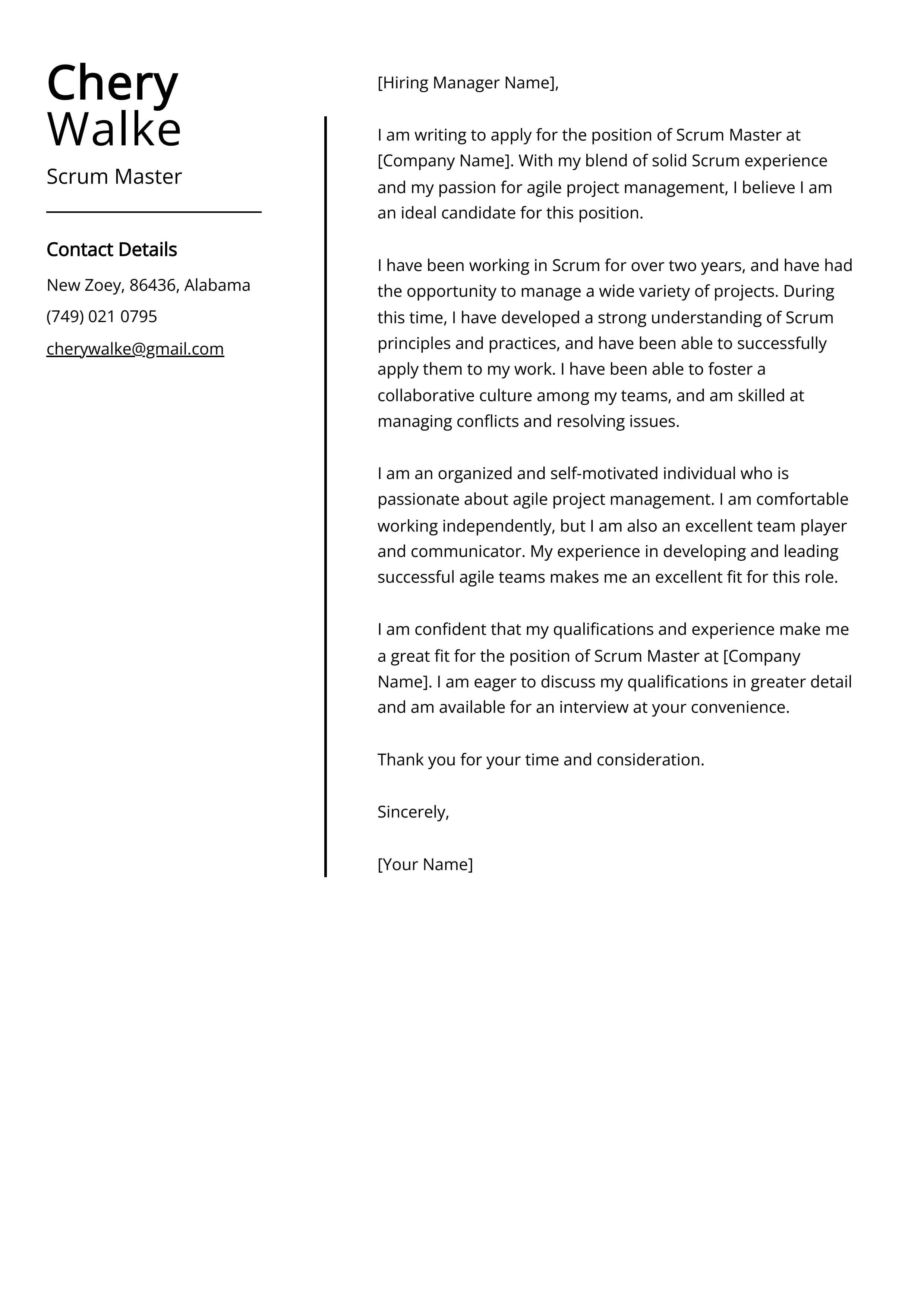
Even with the best intentions, it is easy to make mistakes that undermine your application. Certain errors can immediately disqualify your cover letter. Avoiding these common mistakes is essential to ensure your application is well-received by the hiring manager. Consider the impact of these errors before submitting your cover letter, and make sure your letter stands out for the right reasons. Doing so will help you create a better first impression and significantly boost your chances of getting an interview.
Generic Cover Letters
Sending a generic cover letter to multiple employers is a major mistake. A generic cover letter lacks personalization and does not demonstrate your genuine interest in the specific role or company. Hiring managers can easily detect a lack of personalization, which makes you seem unenthusiastic and not very serious about the job. Always tailor your cover letter to the specific job and company. Research the organization and address your letter to the hiring manager by name whenever possible. Show them you’ve taken the time to understand their needs and are enthusiastic about joining their team.
Focusing on ‘I’ Instead of ‘We’
Focusing too much on personal achievements rather than team accomplishments can be a setback for a Scrum Master application. While it’s important to highlight your individual skills, remember that Scrum is a team-based methodology. Avoid writing solely about ‘I’ and instead emphasize your contributions to the team and how you helped them achieve their goals. Use examples of how you fostered collaboration, facilitated teamwork, and enabled team success. Highlight achievements as a team; focus on how your actions supported the group’s performance, as this shows how you function within a collaborative environment.
Neglecting Keywords
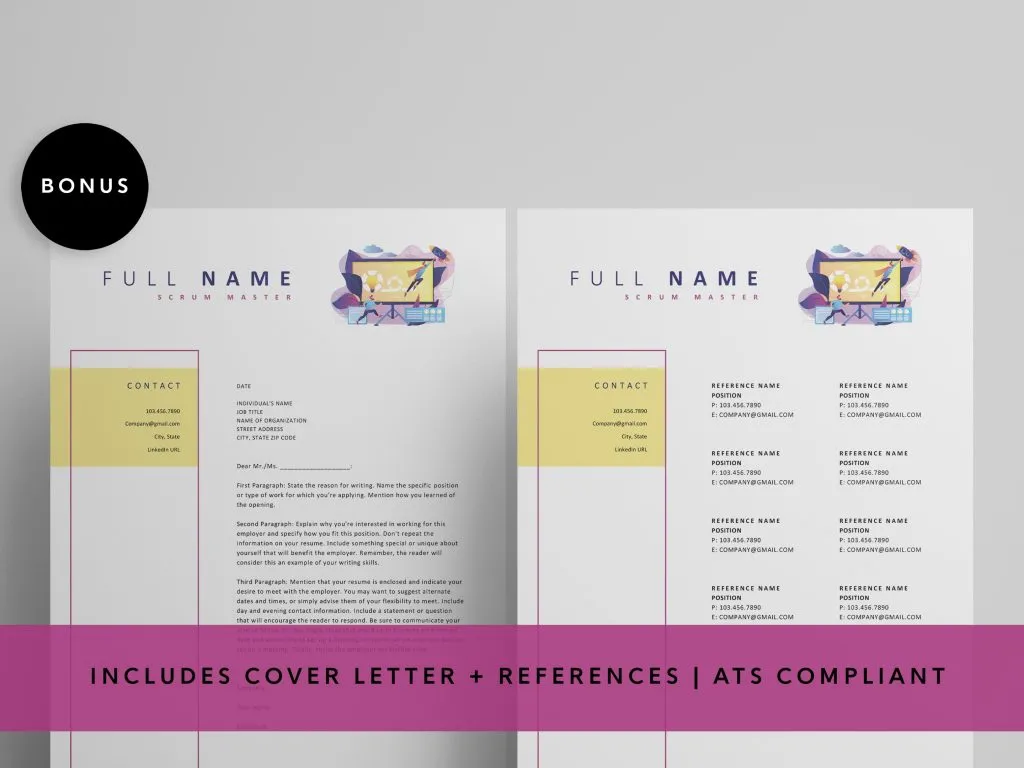
Neglecting relevant keywords in your cover letter can negatively impact your chances of getting your application reviewed. Many companies use applicant tracking systems (ATS) to screen applications. These systems scan your cover letter and resume for specific keywords related to the job description. Include keywords related to Scrum, Agile, project management, communication, and leadership. Incorporating the right keywords ensures your application gets through the screening process and into the hands of a hiring manager. Review the job description to identify essential keywords and incorporate them naturally into your writing. Don’t keyword stuff, but ensure that all relevant terms are present.
Call to Action and Closing
The call to action and closing of your cover letter are crucial for leaving a lasting impression and prompting the hiring manager to take the next step. This is the moment where you reiterate your interest in the role and invite the hiring manager to contact you for an interview. A strong closing conveys your enthusiasm, availability, and your genuine interest in the position and the organization. Make this section memorable and clear to ensure you stand out from the other applicants.
Expressing Enthusiasm
Expressing genuine enthusiasm for the role and the company can significantly increase your chances of landing an interview. Show that you’ve researched the organization and understand its mission, values, and culture. Mention how the role aligns with your career goals and why you are particularly excited about the opportunity. Be specific about what attracts you to the role and company. Enthusiasm shows you’re genuinely interested and motivated to contribute. Conclude with a statement that re-emphasizes your interest, highlights your skills, and summarizes why you are a good fit for the role.
Providing Contact Information
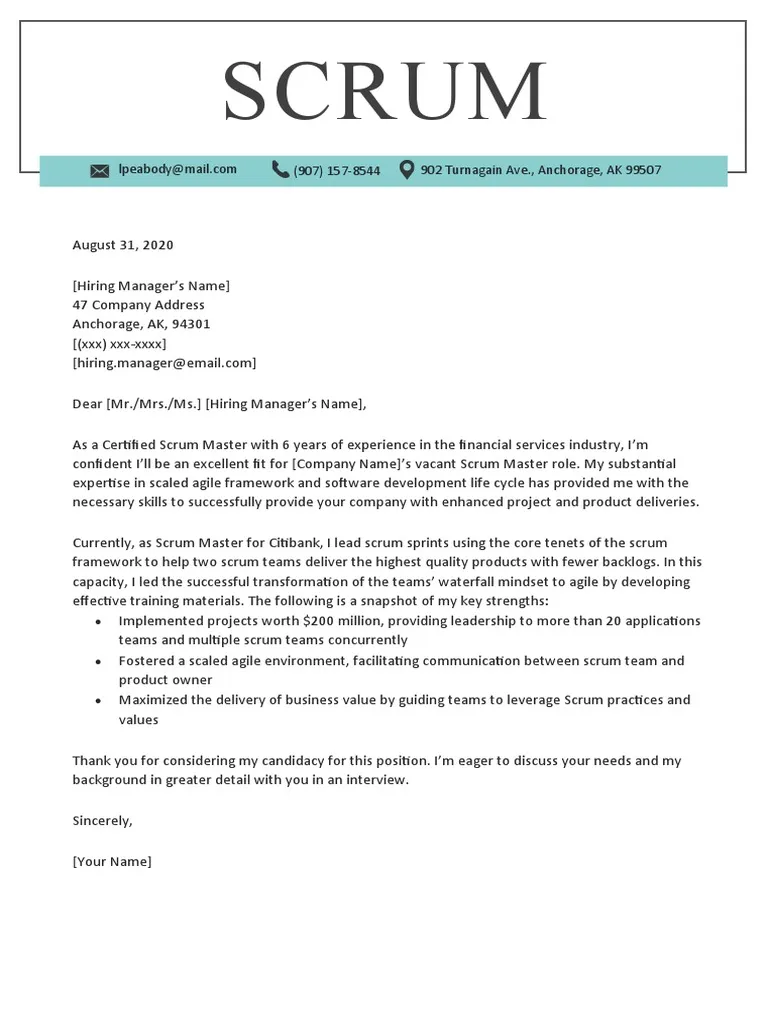
Ensure you provide clear and accessible contact information in your cover letter. Make it easy for the hiring manager to reach you. Include your phone number, professional email address, and a link to your LinkedIn profile. Double-check your contact information to ensure it is accurate and up-to-date. Consider providing the best time to reach you, and ensure your voicemail is set up professionally. These details show that you are eager and available for an interview and make it simple for the hiring manager to invite you to the next stage of the hiring process. Also, a professional email address shows that you take your job search seriously.
Follow-up Strategy
After submitting your cover letter and resume, it is acceptable to follow up with the hiring manager or recruiter. Following up shows your continued interest and initiative. If you haven’t heard back within a reasonable timeframe, usually within a week or two, send a brief and polite email or make a call to inquire about the status of your application. In your follow-up, reference the position you applied for and reiterate your interest. Thank them for their time and consideration. Keep it brief and professional, demonstrating your continued enthusiasm and commitment to the role.
